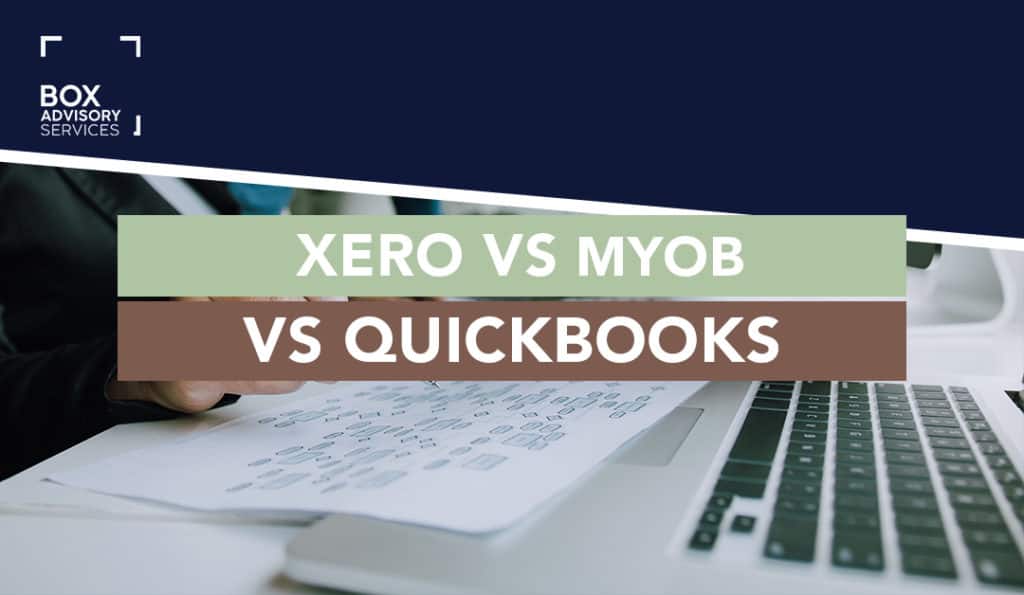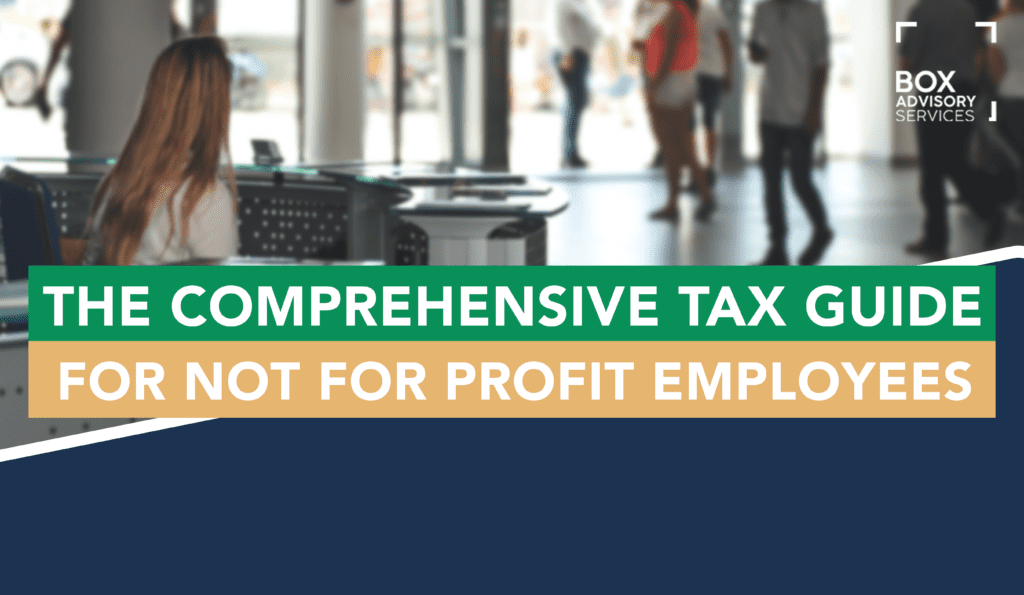
BY
|
3 Crucial Steps to Successfully Hiring Your First Employee
What to look out for when hiring your first employee
Looking at hiring your first employee? Achieving entrepreneurial success isn’t just about picking anyone for your company. It’s also about making sound decisions and implementing the right strategy in attracting the best prospective employees.
The first few stages in the life of your business are crucial. One of the critical areas to look out for is the selection and hiring of new employees. Being one of the first, these people set the tone for the company and create a culture that is yet to exist.
While it can be painstaking and time-consuming, having a multiple-stage recruiting and selection process can ensure your hiring process runs smoothly.
STEP 1: MAKING SURE YOU’RE LEGAL
LEGAL REQUIREMENTS
As an employer, you must comply with laws relating to the conditions, rates, and taxes.
In Australia, the minimum wage rates vary, depending on the industry award, with additional penalty rates for work performed on weekends, holidays, or beyond the average number of hours (overtime). While the wage rate may be negotiated privately between the employer and employee, it may not, as a general rule, be below the minimum wage rates mandated by the awards. Above this, all employers are required to comply with the 10 National Employment Standards.
EMPLOYER OBLIGATIONS
As an employer, after hiring your first employee, you have obligations to comply with as an employer. This means that you must ensure that you complete the following:
How much are you going to pay your employees? How often do you make these payments? Will you also be required to contribute to their superannuation fund? Are they entitled to paid time off?
For more information on an employer’s obligations to his or her employees, please refer to our guide on Employers Obligations.
WORKERS’ COMPENSATION
All employers in Australia are required to take up insurance for workers to cover medical and other costs in the event of a work-related injury or illness. Each state or territory, however, has its own compensation system or scheme. The cost of the insurance varies depending on the industry, type of work, number of workers and estimated wages for the period. For NSW, icare workers insurance is your first stop to find more information on workers compensation.
STEP 2: RECRUITING
GETTING STARTED
Hiring your first employee is exceptionally pivotal in setting precedence in ensuring your business has the best opportunity to grow, but also to assist in creating the right culture in the workplace. A difficult to manage employee becomes a tremendous burden on a business owner, when, in fact, they should be assisting in relieving pressure. It’s essential to think about what method would suit you best to pick a candidate that’s right for your business.
Some questions you should be asking in selecting a suitable candidate:
- What type of role do I need to fill? Create a clear job description
- Where will you advertise the position?
- How do I attract the right people? Will it be online? Social media? Recruitment agencies?
- Will you require a full-time, part-time or casual employee?
- What kind of recruiting process will you use? Will it be multi-stage interviewing or a simple one-time interview?
- Will this candidate create the right culture in my business?
- What are the employee contract conditions?
- What values are essential to my business?
LEGAL ELIGIBILITY TO WORK
Once you have decided on making an offer when looking at hiring your first employee, on a surface level, it appears to be a match made in heaven. However, you must conduct your due diligence to avoid headaches later down the track. Some further questions include:
- Are they an Australian citizen, permanent resident or a foreign national with a visa? These can be checked with VEVO for those on a working visa
- Do they have a Tax File Number?
BACKGROUND CHECKS
Did you know relying entirely on your instincts is too risky? When it comes to hiring your first employee, it’s best not to trust your gut completely. It can hurt your business. Or worse, your reputation. You can’t risk that!
In a typical pool of candidates, there will be underqualified individuals in the mix. In many cases, these applicants may have inflated claims as to their skill, knowledge, attitude, and work experience.
So, what do you do?
Your solution: perform background checks. This includes looking into news articles, educational credentials, employment background, criminal record.
You can quickly get this information from the following:
- Using a search engine to find any articles about the applicant
- Reference check with previous employers and education providers
- National Criminal check via Veritascheck or Crimcheck
STEP 3: TRAINING & ONBOARDING
The recruitment process does not end once the new employee has signed the employment contract. To ensure that when hiring your first employee, you are performing all tasks consistently within the company, make sure that the new employee is fully acquainted with his/her duties and responsibilities to ensure tasks are completed efficiently. Below is a list of things to do to onboard your staff member:
- Conduct an induction
- Dress codes
- Employee handbooks
- Set expectations such as key performance indicators (KPIs)
- Work health and safety policy
- Give a copy of the Fair Work Information Statement and code of conduct
Box Advisory Services offers a complete range of business and taxation advice for small- to medium-sized businesses in Australia. Book an appointment with us now!
Disclaimer:
Please note that every effort has been made to ensure that the information provided in this guide is accurate. You should note, however, that the information is intended as a guide only, providing an overview of general information available to contractors. This guide is not intended to be an exhaustive source of information and should not be seen to constitute legal or tax advice. You should, where necessary, seek your own advice for any legal or tax issues raised in your business affairs.



